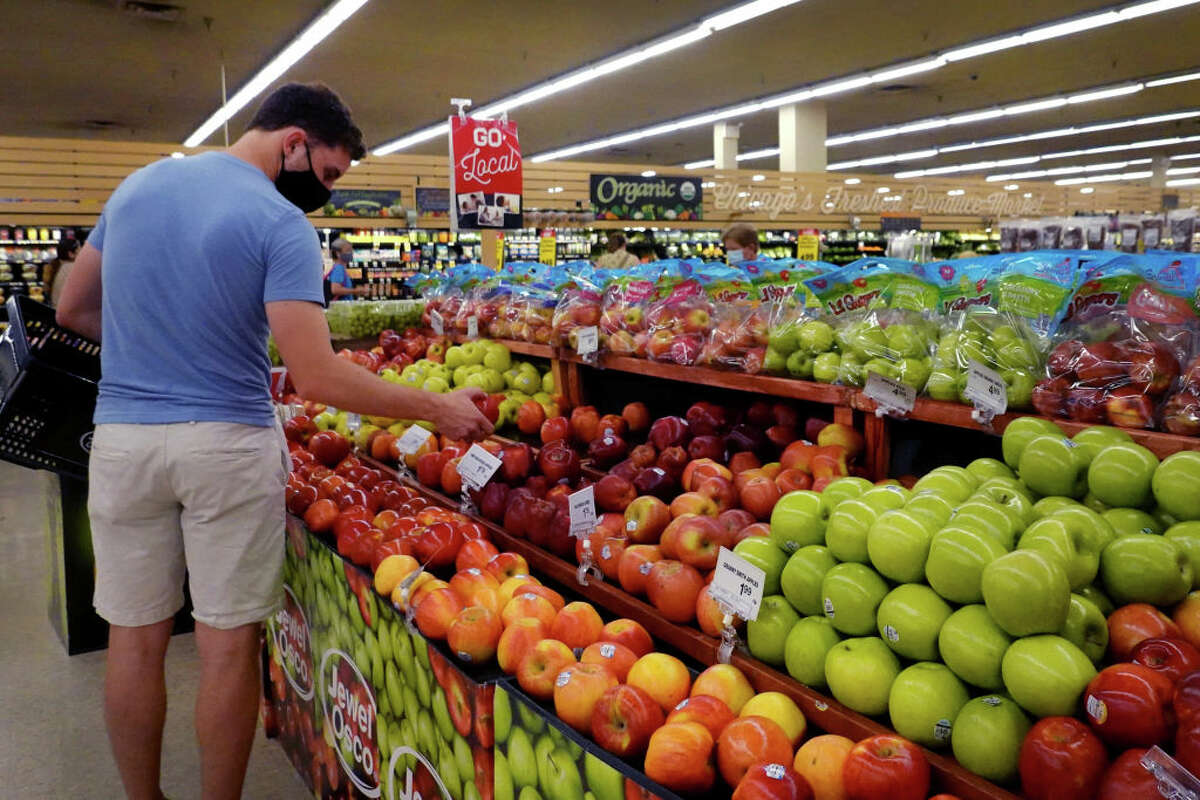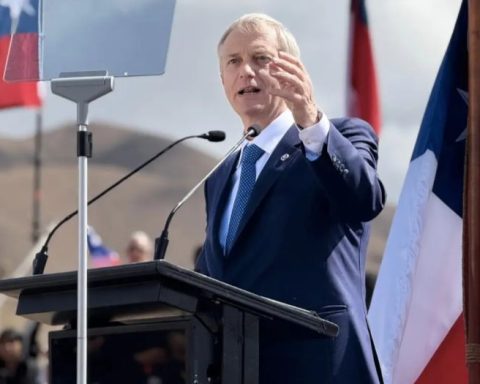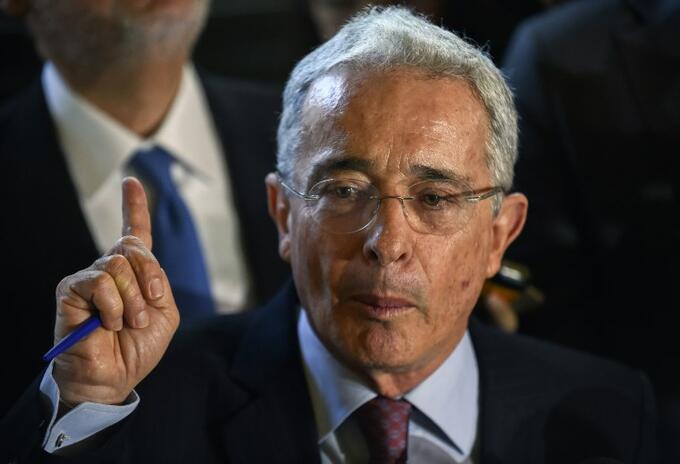Inflation does not stop rising. During the past year, revealed figures released this Tuesday, it grew at its highest rate in more than forty years. And so the cost of food, gasoline, housing and other necessities squeezed American consumers and wiped out the pay raises many people had received.
The Labor Department said Tuesday that its consumer price index rose 8.5% in March from the previous 12 months, the biggest year-over-year increase since 1981. Prices have been buoyed by congested supply chains, a robust consumer demand and problems in food distribution and energy markets worsened by Russia’s war against Ukraine. From February to March, inflation rose 1.2%, the biggest monthly jump since 2005. Gasoline prices accounted for more than half of that increase.
Throughout the economy, price spikes were widespread. Those of gasoline shot up 48% during the last twelve months. Used car prices have soared 35%, though they actually fell in February and March.
Investors focused on a bright spot in the report and lifted share prices. So-called core inflation, which excludes volatile food and energy prices, rose just 0.3% from February to March, the smallest monthly increase since September. However, during the past year basic prices rose 6.5%, the highest figure since 1982.
“The fire of inflation is still out of control,” said Christopher Rupkey, chief economist at the research firm Fwdbonds LLC.
https://www.youtube.com/watch?v=dhsPVqyU5Wc
The March inflation figures were the first to fully capture the surge in gasoline prices that followed the Russian invasion of Ukraine on February 24. Moscow’s attacks have triggered far-reaching Western sanctions against the Russian economy, disrupting food and energy markets.
According to AAA, the average price of a gallon of gasoline ($4.10) is up 43% from a year ago, though it has fallen over the past two weeks.
The acceleration in inflation has occurred in the context of a booming job market and a strong overall economy. In March, employers added 431,000 jobs, the 11th consecutive month in which they added at least 400,000. For 2021, they added 6.7 million jobs, the most on record in any year. Additionally, job openings are near record levels. Layoffs are at their lowest point since 1968 and the unemployment rate is just above a half-century low.
Escalating energy prices, a potential threat to the economy’s long-term durability, have led to higher transportation costs for shipping goods across the economy. This, in turn, has contributed to higher prices for consumers. The grip feels particularly strong at the fuel pump.
“That’s an extra dollar a gallon that I’m paying to go into town to work,” said Jason Emerson of Oakland, California, as he loaded groceries into his car. “And then, you know, we have the tolls that went up a dollar last year. My eggs cost a dollar more too. So everything is going up at least a dollar, which, you know, adds up.”
The latest inflation figures solidify expectations that the Federal Reserve will aggressively raise interest rates in the coming months to try to curb borrowing and spending and control inflation.
Kathy Bostjancic, an economist at Oxford Economics, said she expects annual inflation to hit 9% in May and then start “a slow decline”.

















